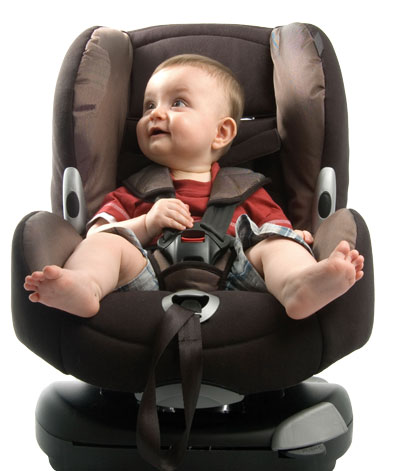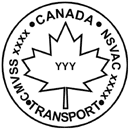Car Seat Safety

Every year, motor vehicle crashes claim the lives of children. The proper use of a car seat could save lives.
According to the Child Passenger Safety Association (CPSAC), a properly installed car seat can reduce the risk of a fatal injury by 71%. Make sure you read your car seat instructions and your vehicle owner's manual as they provide the information you need to install your baby's car seat safely.
The safest option when transporting a baby is in a rear-facing car seat, because they are designed to support your baby’s head and neck in a sudden stop or crash. Keep your baby in a rear-facing car seat until they’ve reached the manufacturer’s maximum recommendations of the seat. When your baby outgrows their infant seat, move them to a rear-facing convertible car seat.

The longer your baby remains in the rear-facing position the safer your baby will be.
Child seats and booster seats sold in the U.S. and other countries do not meet Canadian federal regulations and, under provincial and territorial legislation, are illegal to use in Canada. All restraints manufactured for sale in Canada must have the National Safety Mark.
Used Car Seats
Under the Canada Consumer Product Safety Act, it is illegal to buy, sell, give or lend a child seat or booster seat made before January 1, 2012, as it does not meet the latest requirements set out by Health Canada.
Used car seats are often missing parts and/or warning, safety or tracking labels, making it hard to know if there has been a recall on a used seat or if the seat has been involved in a collision.
For more information, please visit Transport Canada at www.tc.gc.ca, the Eastern Ontario Health Unit at www.EOHU.ca, or call 613-933-1375 or 1-800-267-7120.
More resources

CORNWALL • ALEXANDRIA • CASSELMAN • HAWKESBURY • ROCKLAND • WINCHESTER
www.EOHU.ca • 1 800 267-7120 • www.BSEO.ca
© EOHU. All rights reserved.
If you require this information in an alternate format, please call 1 800 267-7120 and press 0.

